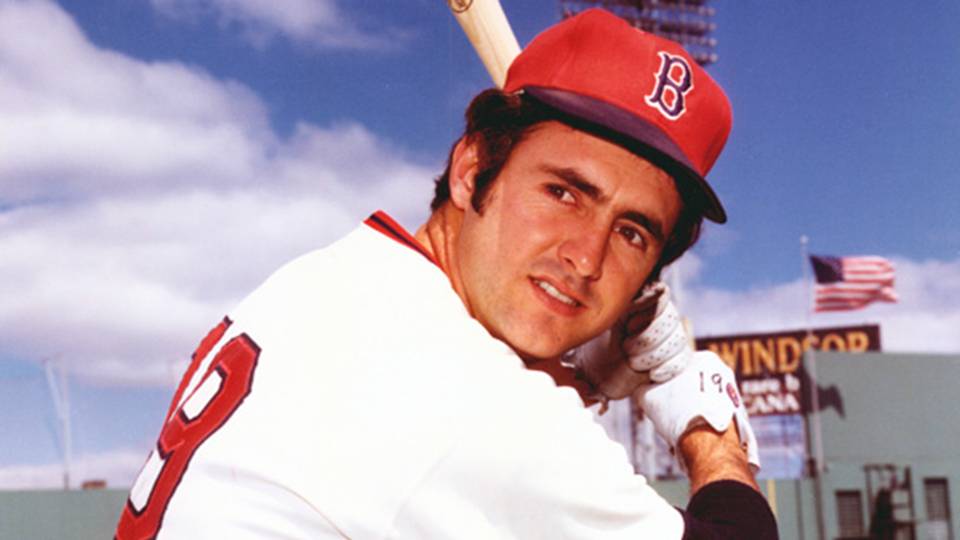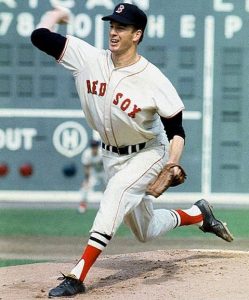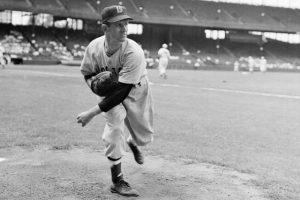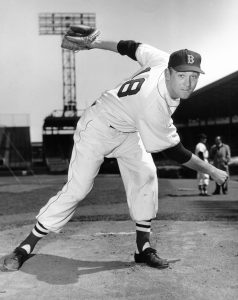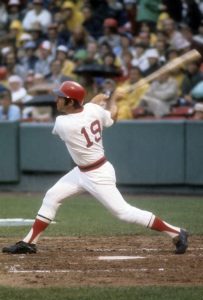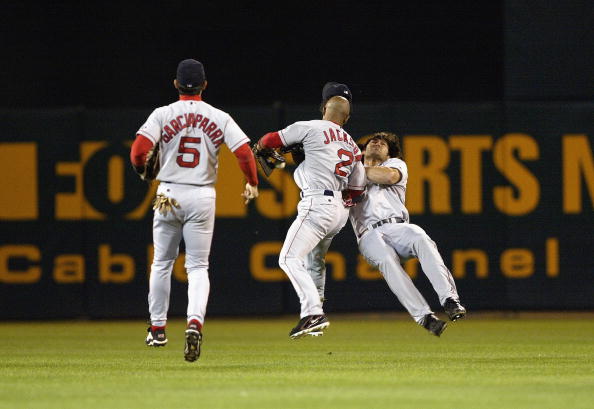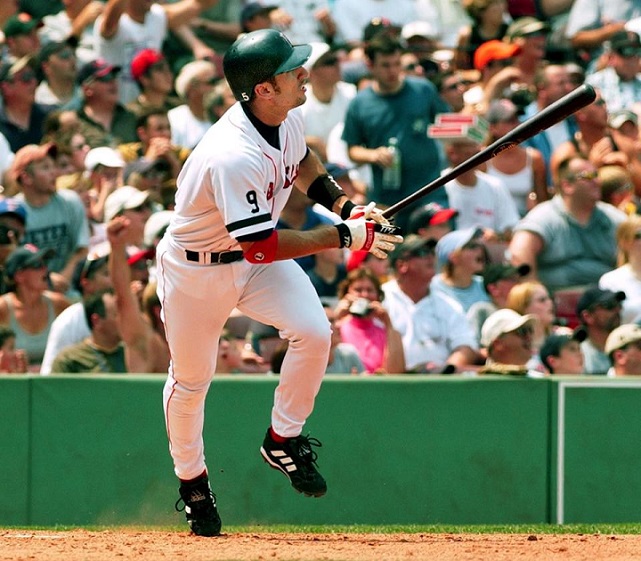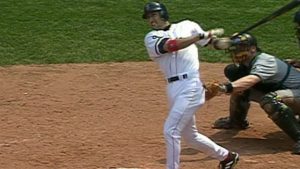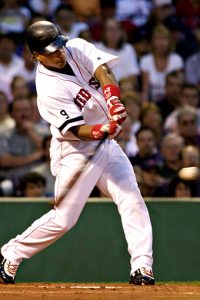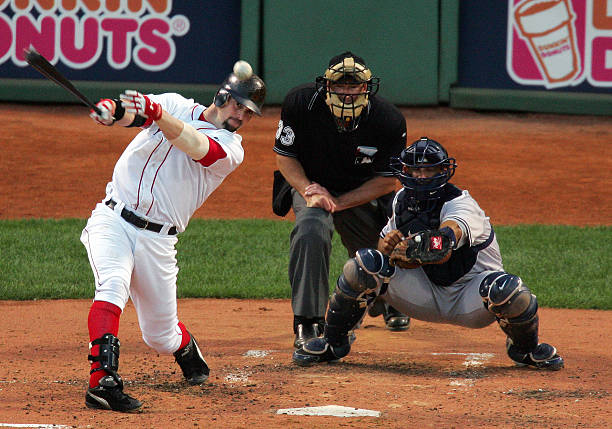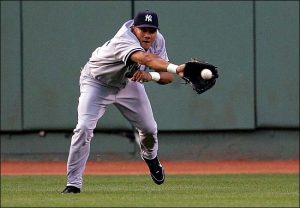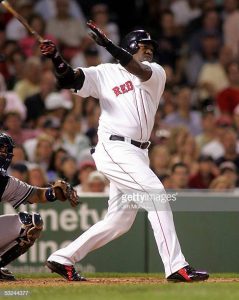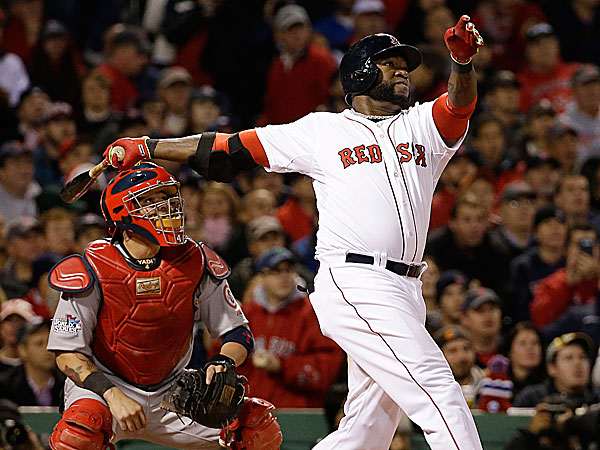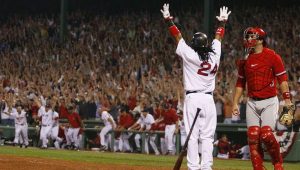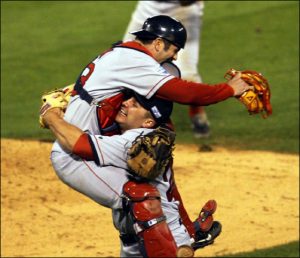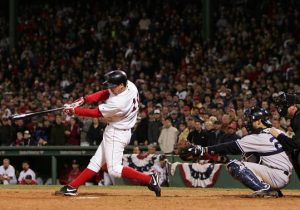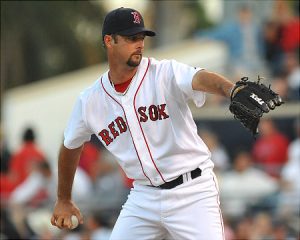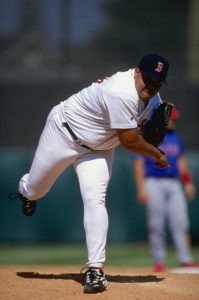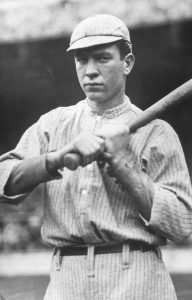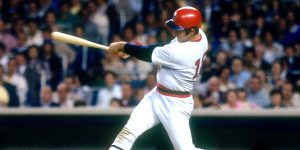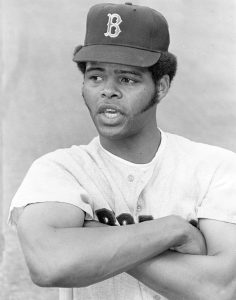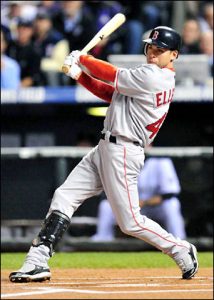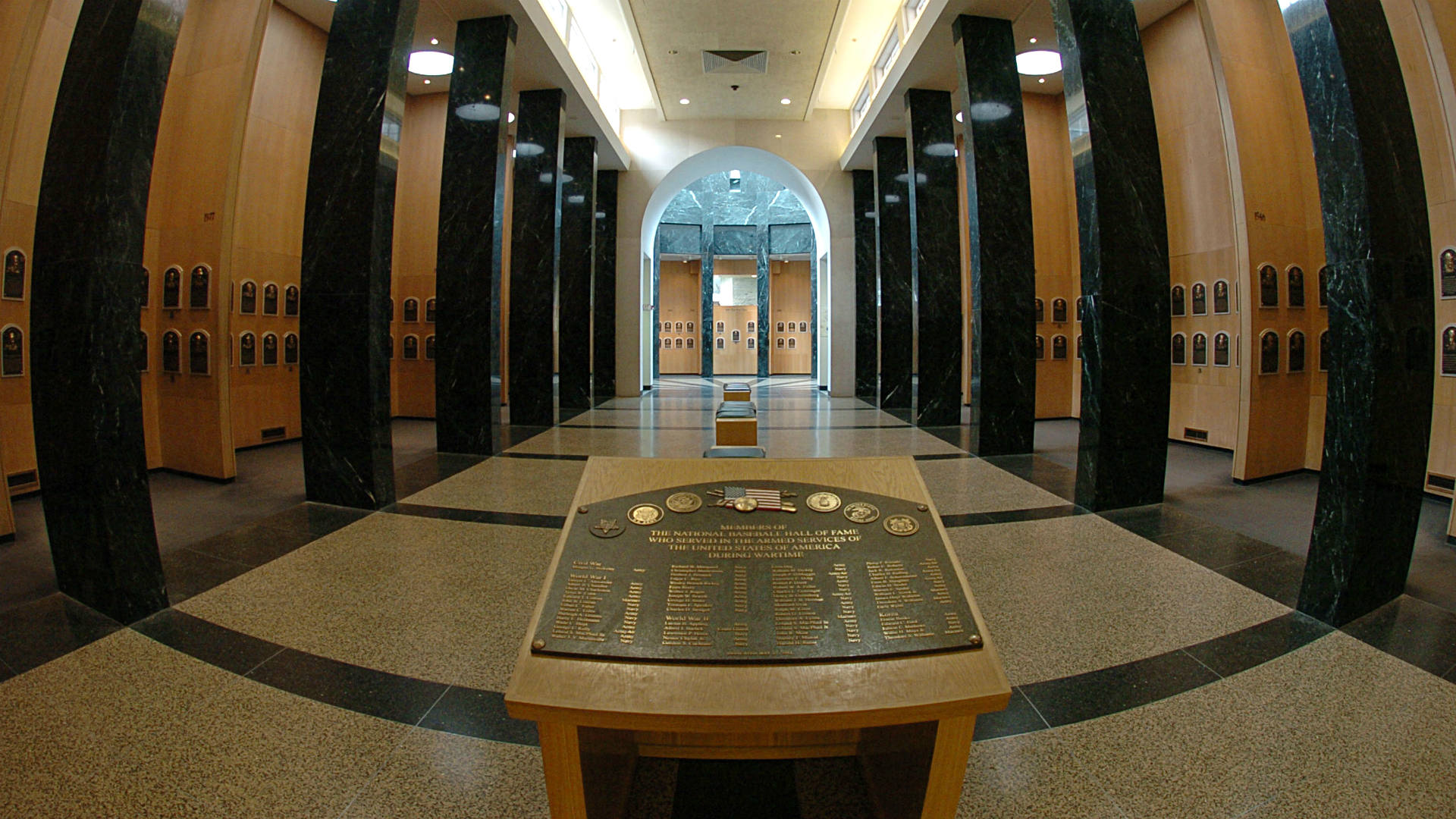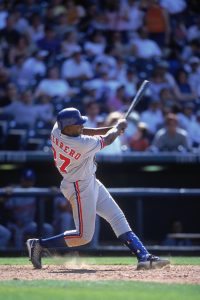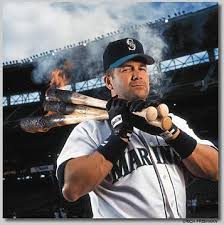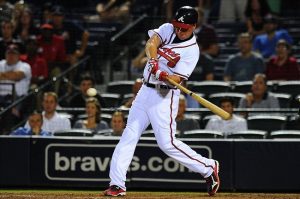This grouping of numbers, 16-20, is the first group of five without a retired number and a hall of famer. However, all five are in the Red Sox Hall of Fame, so it’s not like this group lacks clout.
Number 16 – Jim Lonborg
Lonborg is probably thought of as being better for the Red Sox than he was. However, that’s likely because of his gruesome injury following his incredible 1967 season. Lonborg was the Cy Young Award winner in 1967, winning a league best 22 games for the surprise pennant winners. Lonborg also struck out a league best 246 batters that season. However, he injured his knee in a ski accident that winter and wasn’t the same for the Red Sox afterwards. Over his final four seasons in Boston Lonborg only made 70 starts, going 27-29 with a 4.22 ERA.
Despite being mostly a flash in the pan for the Sox, Lonborg gets the nod at number 16 from me largely on the strength of his helping the Red Sox to the 1967 pennant while winning a Cy Young Award. His competition at the number isn’t too strong, although I anticipate Andrew Benintendi surpassing him in the next season or two.
Honorable Mentions: Andrew Benintendi, Tom Burgmeier, Frank Viola, Rick Miller
Number 17 – Mel Parnell
There is a strong 1-2 for number 17, but one of the best left-handed starters in franchise history to date gets the nod. Parnell pitched for the Red Sox for parts of ten seasons, his career coming to an early close due to injuries. However, for a six year stretch he was one of the best pitchers in baseball.
Parnell broke out with a 15-8 record and 3.14 ERA in 1948. The next season he would have won the Cy Young Award had the award existed at the time. Parnell was 25-7 with a 2.77 ERA over 295.1 innings in 1949. He led the league in innings, wins and ERA that season and finished fourth in the MVP vote. Parnell won 18 games each of the next two seasons. 1953 was his final healthy season, going 21-8 with a 3.06 ERA for a mediocre team.
Over that six year stretch, 1948-53, Parnell was 109-56, an average of 18-9 per season, with a 3.22 ERA. Parnell had some magic left in 1956, throwing a no-hitter against the White Sox. He pitched to a solid 3.77 ERA that season before retiring.
Parnell’s close competition for the number 17 comes from “the Monster”, Dick Radatz. Radatz dominated in relief for the Red Sox for the first three seasons of his career, going 40-21 with a 2.17 ERA and 76 saves. He threw so many innings of relief that he declined quickly though. Parnell, despite a short career, was good for longer than Radatz so he gets the nod in my book.
Honorable Mentions: Dick Radatz, Bret Saberhagen, Nathan Eovaldi, Manny Delcarmen
Number 18 – Frank Sullivan
Sullivan pitched parts of eight seasons with the Red Sox, having a nice six year stretch from 1954-59. During those six peak years, Sullivan was 83-63 with a 3.24 ERA. He posted an ERA below 3.00 in both 1955 and 1957. In 1955, he led the American League with 18 wins and 260 innings pitched. In 1957 he led the league in WHIP.
A mostly forgotten pitcher in team history, Sullivan was a good pitcher on some not so good teams. He made two All-Star Games and deserved to make it in 1957 as well.
Honorable Mentions: Johnny Damon, Reggie Jefferson, Carlos Quintana
Number 19 – Fred Lynn
Despite several postseason heroes wearing the number 19, Fred Lynn is the no-brainer choice. After raking in September of 1974, Fred Lynn became the first player ever to win MVP in his rookie season. That season he made the All-Star Game, won Rookie of the Year, MVP and a Gold Glove Award. Lynn led the league in doubles and OPS while batting .331.
Despite the MVP and leading the league in OPS, Lynn’s best season may have come in 1979. That season, Lynn batted .333/.423/.637/1.039, leading the league in each of those categories. He smashed 39 home runs and 42 doubles while driving in 122 runners. Somehow, Lynn only finished fourth in the MVP vote when he probably should have won it.
During his time in Boston Lynn seemed to be on a Hall of Fame path. He hit .308 with 124 home runs and a .902 OPS over parts of seven seasons. Not only that, Lynn was an excellent center fielder, winning four Gold Gloves while playing for the Red Sox. He also made the All-Star Game in each of his six full seasons in Boston.
Honorable Mentions: Josh Beckett, Koji Uehara, Jackie Bradley Jr, Mickey McDermott
Number 20 – Kevin Youkilis
“Youk” is on the Major League Baseball Hall of Fame ballot this season. Although he won’t achieve the five percent of the vote needed to remain on the ballot, it is pretty cool just to be on it. Youkilis came up through the minors with the Red Sox and spent parts of nine seasons in Boston. He set a record for consecutive errorless games at first base and won the Gold Glove Award in 2007.
In 2008, Youkilis was a legitimate MVP candidate along with teammate Dustin Pedroia. Youkilis batted .312/.390/.569/.958 with 29 home runs, 43 doubles and 115 RBI. He finished third in the MVP vote that season. He followed it up with 27 home runs and a .961 OPS in 2009, finishing sixth in the MVP race. From 2007-10 he batted .303/.400/.530/.931 while playing excellent defense. He is a runaway at the number 20.
Honorable Mentions: Tony Armas, Lee Stange

Kevin Youkilis #20 of the Red Sox bats against the Yankees on September 26, 2009 at Yankee Stadium (Photo by Jim McIsaac/Getty Images)
Featured picture from the Sporting News
